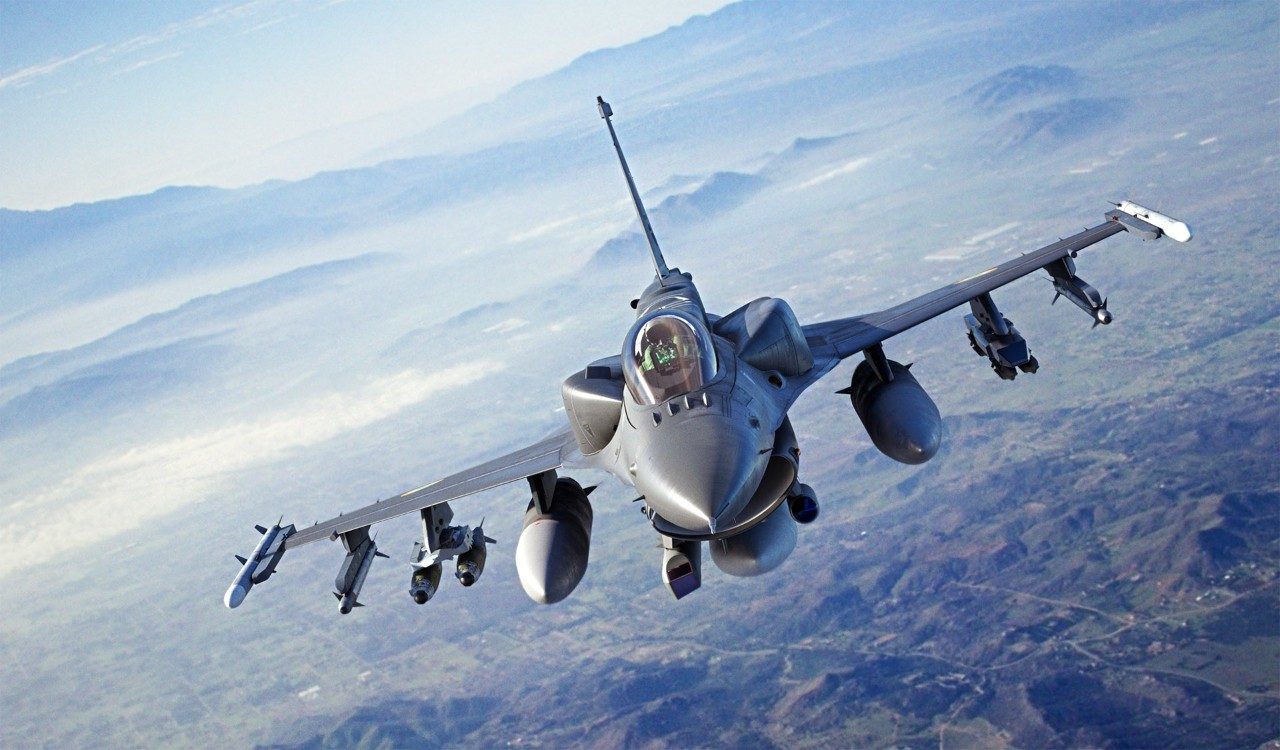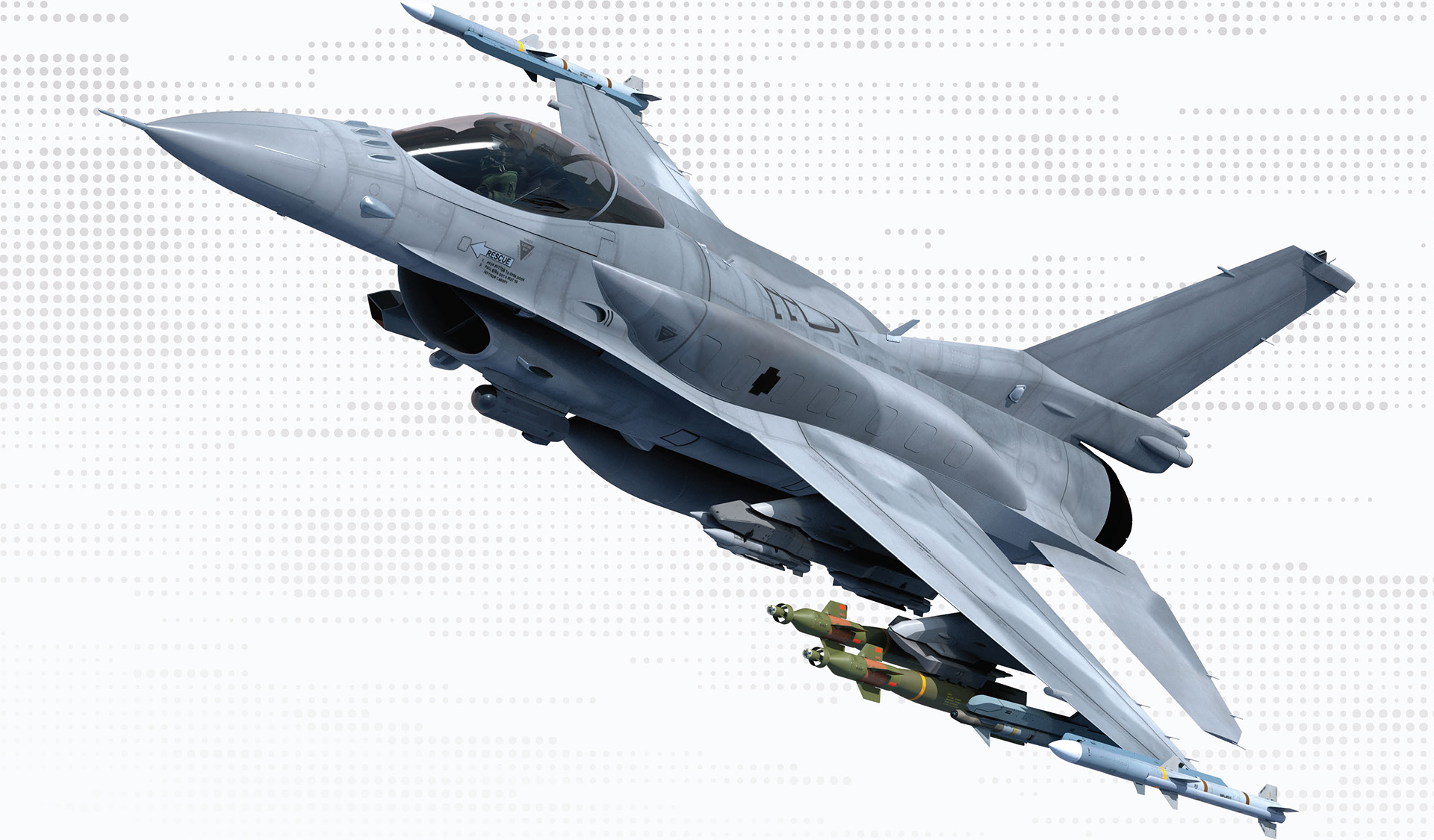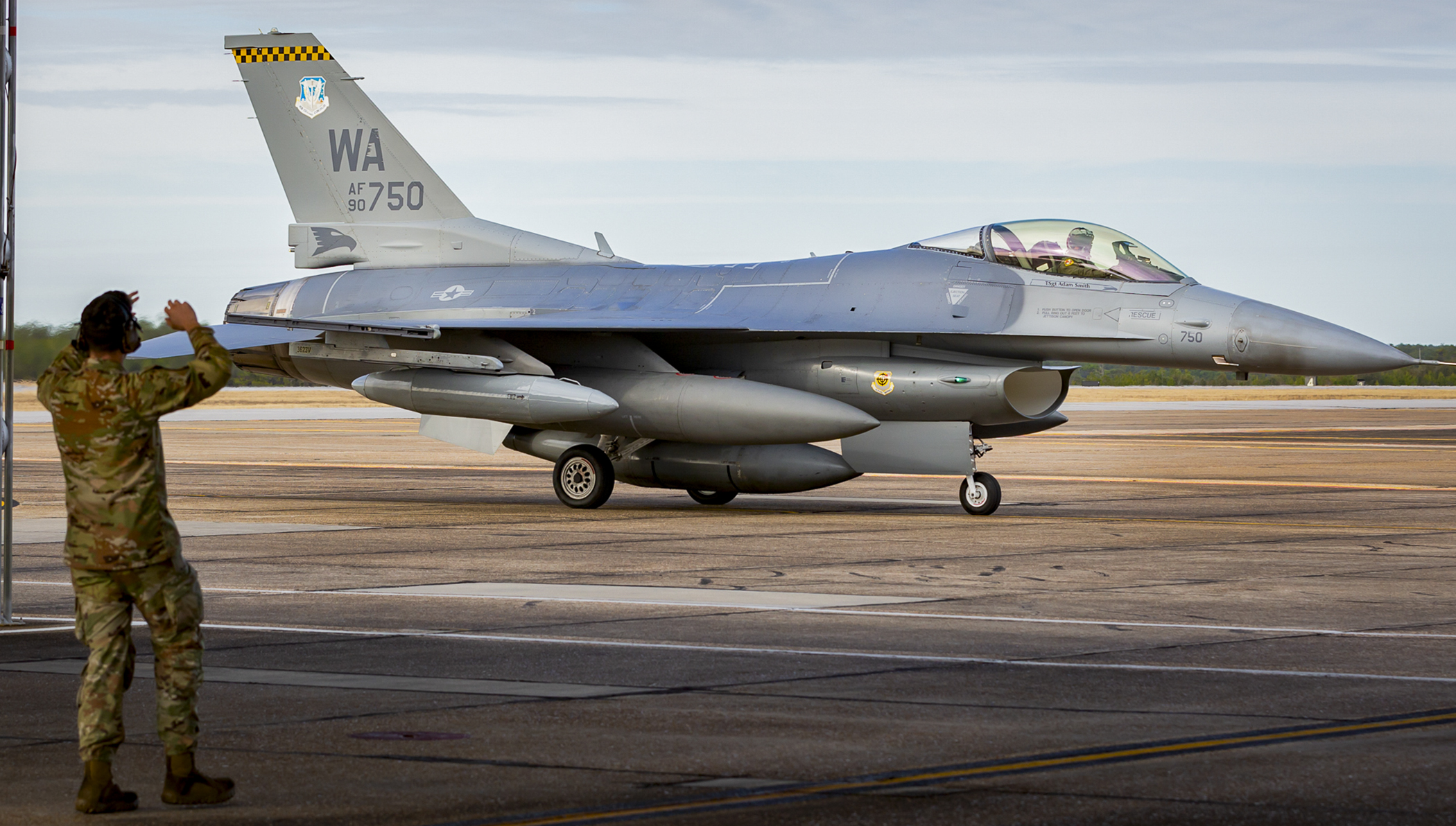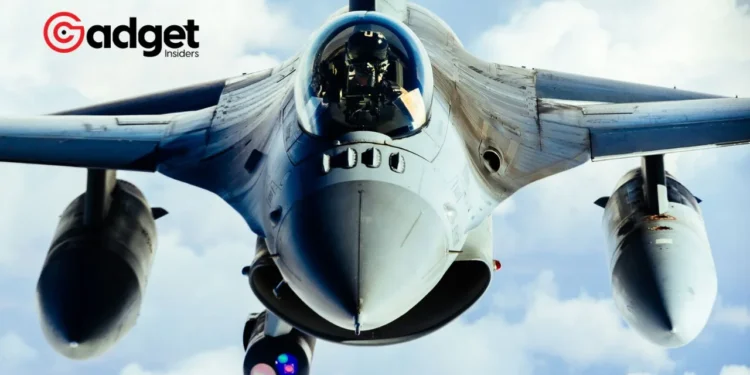In a groundbreaking development that could redefine aerial combat as we know it, the U.S. Air Force has taken a significant leap forward with the arrival of the first batch of F-16 Fighting Falcons earmarked for a revolutionary transformation. Under the ambit of the Venom program—short for Viper Experimentation and Next-gen Operations Model-Autonomy Flying Testbed—these aircraft are set to be endowed with autonomous self-flying capabilities, marking a pivotal moment in military aviation history.
The Venom Initiative: Steering Towards an Autonomous Future
Stationed at Eglin Air Force Base in Florida, these F-16s represent the vanguard of an ambitious endeavor to meld cutting-edge technology with proven combat prowess.
The Venom program, as delineated by the Air Force, is not just a mere experiment but a forward-looking strategy aimed at accelerating the integration of autonomous technology in both manned and unmanned aircraft.

This initiative is a testament to the service’s commitment to fostering a new age of aviation F-16, as highlighted by Maj. Ross Elder, the program’s developmental test lead, described Venom as a step towards “a new age of aviation.”
The overarching goal of this venture is to establish a robust fleet of Collaborative Combat Aircraft (CCAs) that would complement crewed fighters like the F-35 or the forthcoming Next-Generation Air Dominance family of fighter systems.
Envisioning a future where drones, equipped with autonomous capabilities, can perform a slew of critical missions—from missile strikes to electronic warfare and reconnaissance—Venom is laying the groundwork for what could very well be the next frontier in air combat.

The Path to Autonomy: Challenges and Innovations
Despite the high hopes pinned on autonomous capabilities, the journey toward a fully integrated CCA fleet is fraught with technical and operational challenges. Recognizing the need for a meticulous approach, the Air Force has earmarked nearly $50 million in 2023 for Venom, with plans to extend financial support in the ensuing years.
This substantial investment underscores the complexity of crafting autonomous systems that can reliably operate in the demanding arena of aerial warfare. One of the program’s key strategies for addressing these challenges involves the modification of six F-16s to serve as test platforms.
This initiative is not just about testing technology in isolation but fostering a collaborative environment where developmental and operational testing can occur simultaneously.
F-16s arrive at Eglin to be modified with self-flying tech https://t.co/MaIVMoObAr pic.twitter.com/ljfR98EXa9
— Lewis Clayton (@lewisclayton) April 5, 2024
Lt. Col. Jeremy Castor, responsible for Venom’s operational testing, emphasized the importance of this synergy, noting that it facilitates daily collaboration and ensures a seamless flow of knowledge and insights.
Human Oversight: A Non-negotiable Aspect of Autonomy
A crucial aspect of Venom’s testing protocol involves human pilots who will initially pilot the autonomous F-16s to designated testing areas before letting the autonomous systems take the helm. This approach underscores a fundamental principle that underpins the entire program: the indispensability of human oversight.
Lt. Col. Joe Gagnon, squadron commander of the 85th, made it abundantly clear that there will always be a human element capable of intervening with the autonomous algorithms if necessary, ensuring that the technology enhances, rather than replaces, human capabilities.

F-16: The Future of Combat Aviation
The Venom program is more than just an experiment; it’s a bold stride towards a future where autonomous and manned aircraft work in concert to redefine the parameters of air combat.
With its blend of innovation in F-16, strategic foresight, and commitment to operational excellence, Venom is not only testing the limits of technology but also paving the way for a new era in military aviation—one where autonomy plays a central role in ensuring superiority in the skies.
As the Air Force continues to push the envelope with programs like Venom, the implications for future combat operations and strategic planning are profound.
This venture into autonomy signals a shift towards more agile, responsive, and technologically advanced forces, setting the stage for a future where technology and human ingenuity converge to create a new paradigm in aerial warfare.










